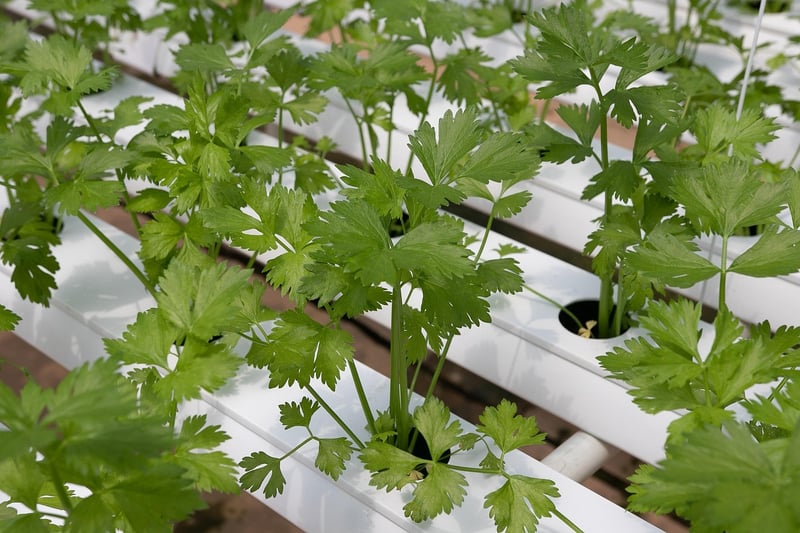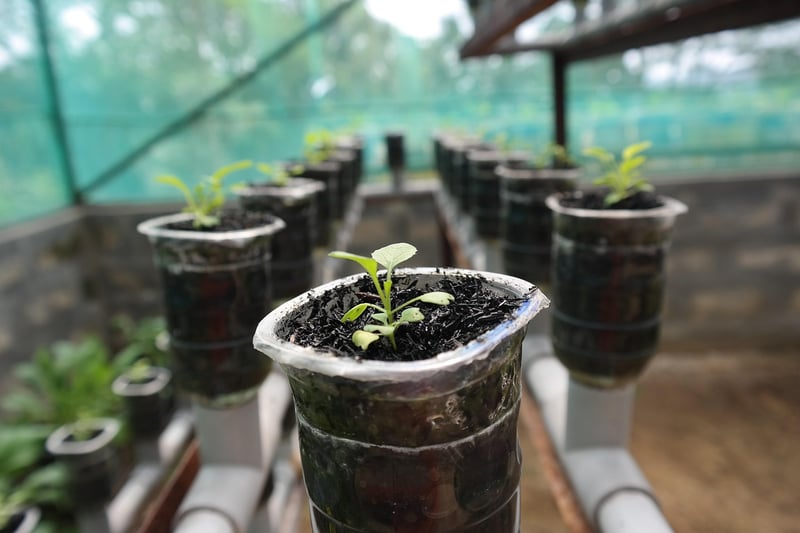Hydroponic solutions
Revolutionizing Food Cultivation with Hydroponic Solutions
Traditional agriculture has long been the backbone of food production, but with the world's growing population and shrinking arable land, innovative solutions are needed. One such revolutionary method that is gaining popularity is hydroponic cultivation. Hydroponics is a soil-less farming technique that uses nutrient-rich water to grow plants in a controlled environment.
The Benefits of Hydroponic Cultivation:
- Water Efficiency: Hydroponic systems use up to 90% less water than traditional farming methods.
- Space Saving: Since hydroponic crops don't require soil, they can be grown vertically, saving valuable space.
- Year-Round Production: With controlled environments, hydroponic farms can produce crops throughout the year, regardless of the season.
- Higher Yields: Plants grown hydroponically tend to grow faster and produce higher yields compared to traditional farming.
Types of Hydroponic Systems:
There are several types of hydroponic systems, each with its own unique advantages:
- Deep Water Culture (DWC): Plants grow in a nutrient solution with roots suspended in water.
- Nutrient Film Technique (NFT): A thin film of water containing nutrients flows over the roots of plants.
- Vertical Hydroponics: Plants are stacked vertically to maximize space utilization.
- Aeroponics: Roots are suspended in the air and misted with a nutrient solution.
Getting Started with Hydroponics:
If you're interested in starting your own hydroponic garden, here are a few key steps to get you started:
- Choose a System: Select the type of hydroponic system that best suits your space and needs.
- Get the Right Equipment: Purchase essential items such as grow lights, nutrient solutions, and growing medium.
- Select Your Crops: Decide which plants you want to grow hydroponically based on your preferences and local climate.
- Monitor and Maintain: Regularly check pH levels, nutrient concentrations, and lighting to ensure optimal plant growth.
With the rise of hydroponic solutions, the future of food cultivation looks promising. Embracing this innovative method can help address food security challenges and pave the way for sustainable agriculture.

Explore the endless possibilities of hydroponic farming and join the movement towards a greener, more efficient agricultural future!
